

AI in Photography: Exploring the Origins and Future of an Evolving Medium
Summary
Reflection Questions
Journal Prompt
In the ceaseless evolution of human expression, few mediums have transformed as radically and resonantly as photography. From its Camera Obscura origins to the instantaneous digital snapshots that pepper our daily lives, photography’s journey is emblematic of humanity’s intrinsic desire to capture, reflect, and communicate. Now, we stand on the cusp of another transformative period in photography’s evolution: artificial intelligence. With fine artists using AI in photography, we must all wrestle with the implications of a medium wherein algorithms will soon co-author our visual narratives. In this article, we briefly look back on the history of photography—providing context before exploring the burgeoning possibilities and profound implications of AI-generated imagery.
A Brief History of Photography
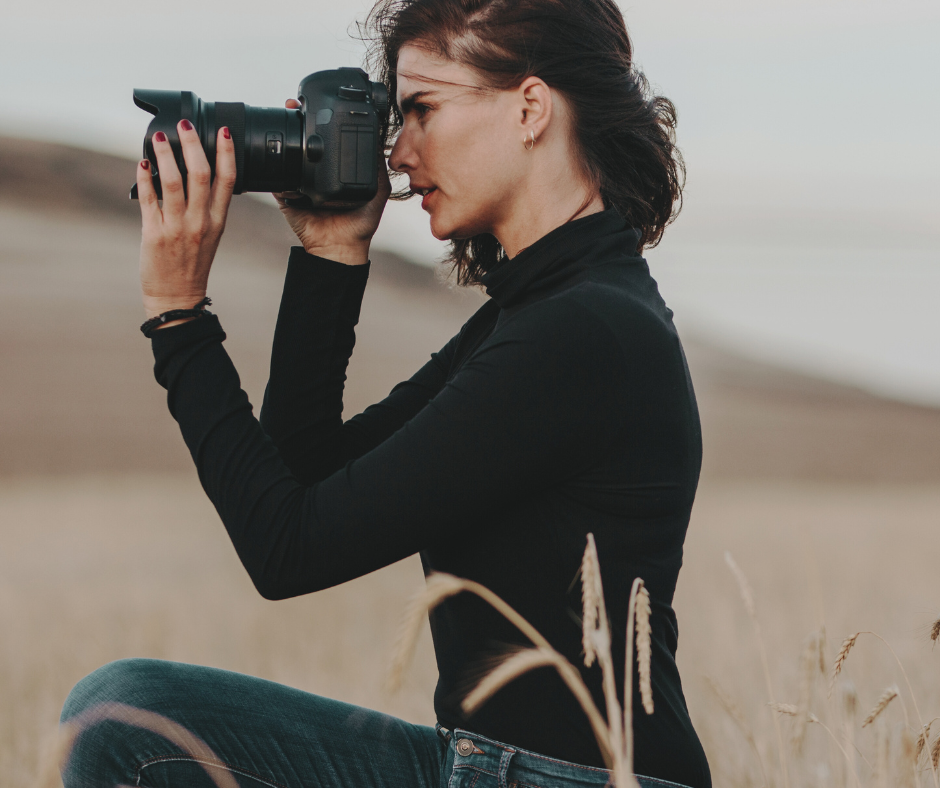

From projected drawing aids now known as “Camera Obscura” to shockingly lifelike silvered Daguerreotypes, photography has continuously evolved.
Photography was democratized with George Eastman’s Kodak camera and brought to life with Kodachrome color. The late 20th century heralded a digital revolution—transitioning from film to pixels, with smartphones subsequently converging communication and photography.
Today, photography’s latest maker is artificial intelligence. Artificial intelligence will likely reshape compositional, processing, and even creative boundaries for the art form.
Let’s take a look at the beginnings of photography.
Early Beginnings of Photography
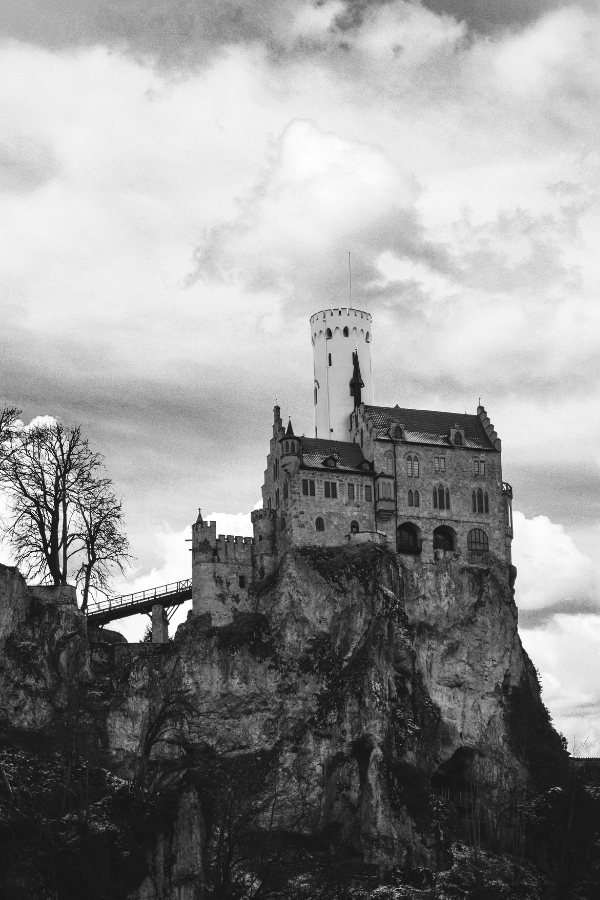

Photography finds its primitive roots in the Camera Obscura, an ancient contraption that utilized a pinhole to project an external image onto an opposing surface inside a dark room. Its existence predates photography by many centuries, but its principles provided foundational understanding for imaging.
Camera Obscura
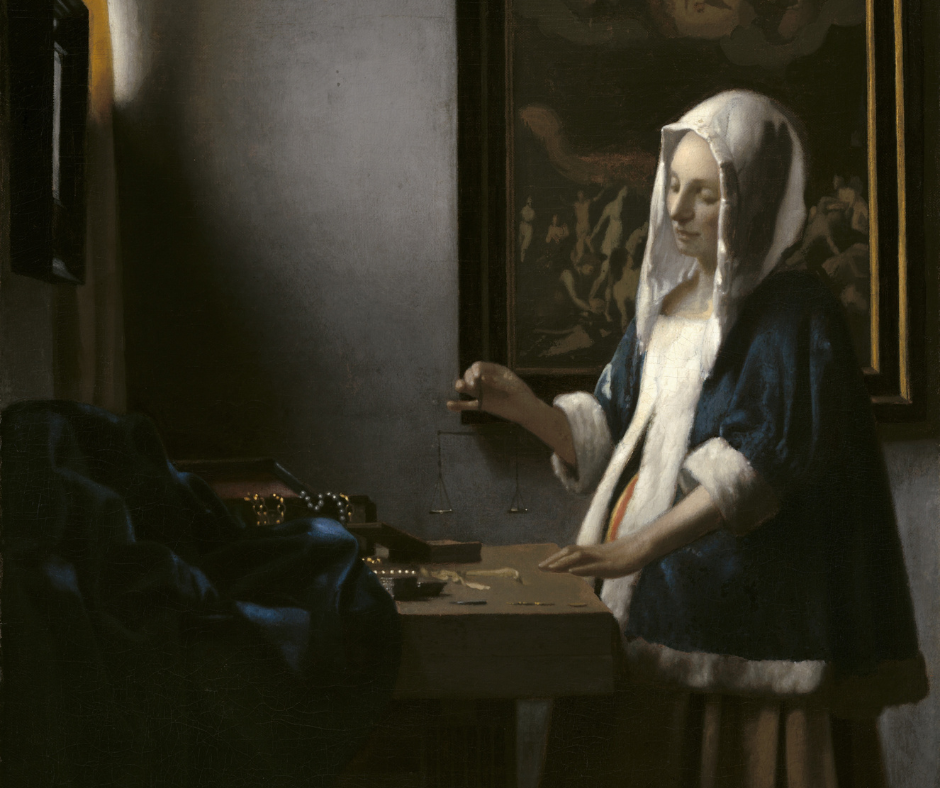

The Camera Obscura (Latin for “dark chamber”) is an ancient optical device and a precursor to modern cameras. In its simplest form, it is a darkened room or box with a small hole (or aperture) on one side. Light from outside the box passes through this hole and projects an inverted image of the scene outside onto the opposite wall or surface inside the box.
Before photography was invented, artists used the Camera Obscura as a drawing aid to help them trace the projected images—ensuring accurate proportions and perspectives. It was also used by astronomers to safely observe solar events—like sunspots or solar eclipses—without damaging their eyes.
Fuel your creative fire & be a part of a supportive community that values how you love to live.
subscribe to our newsletter
In the Renaissance and later periods, large room-sized Camera Obscura structures became popular attractions—offering viewers a “magic” moving picture of the surrounding area. Vermeer’s use of the tool has been hotly debated, which is why we selected a photo of his work for the featured image of this article. Regardless, the Camera Obscura’s principles directly laid the groundwork for the development of the photographic camera.
Once light-sensitive materials were invented, they could be placed inside a Camera Obscura to capture the projected image—leading to the birth of photography.
Niépce and Daguerre Create the Photographic Image
The real breakthrough in photographic processes came in the 1820s with Nicéphore Niépce’s “View from the Window at Le Gras” which captured a scene using bitumen-coated plates—marking the birth of the photographic image. By 1839, Louis Daguerre refined this method—introducing the Daguerreotype, a shimmering mirror-like photograph on a silvered copper plate. It became the first commercially viable photographic medium—although it had the limitation of producing a singular, non-reproducible image.
Photography Becomes Accessible


Closing years of the 19th century witnessed a significant democratization of photography. The efforts of George Eastman culminated in the 1888 introduction of the Kodak camera—a device that promoted the motto: “You press the button, we do the rest.” This device—with its simple operation—invited many into the world of photography.
Concurrently, advancements were made in producing colored images. The Autochrome Lumière—patented in 1907—was the first commercial color photography process. This process used dyed grains of starch. Later—in 1935—Kodachrome emerged as the precursor to modern color films, offering vibrancy and longevity.
A distinct leap in photographic immediacy was realized with Edwin Land’s Polaroid in 1947—which magically developed photos within minutes in the hands of the user.
The Digital Revolution
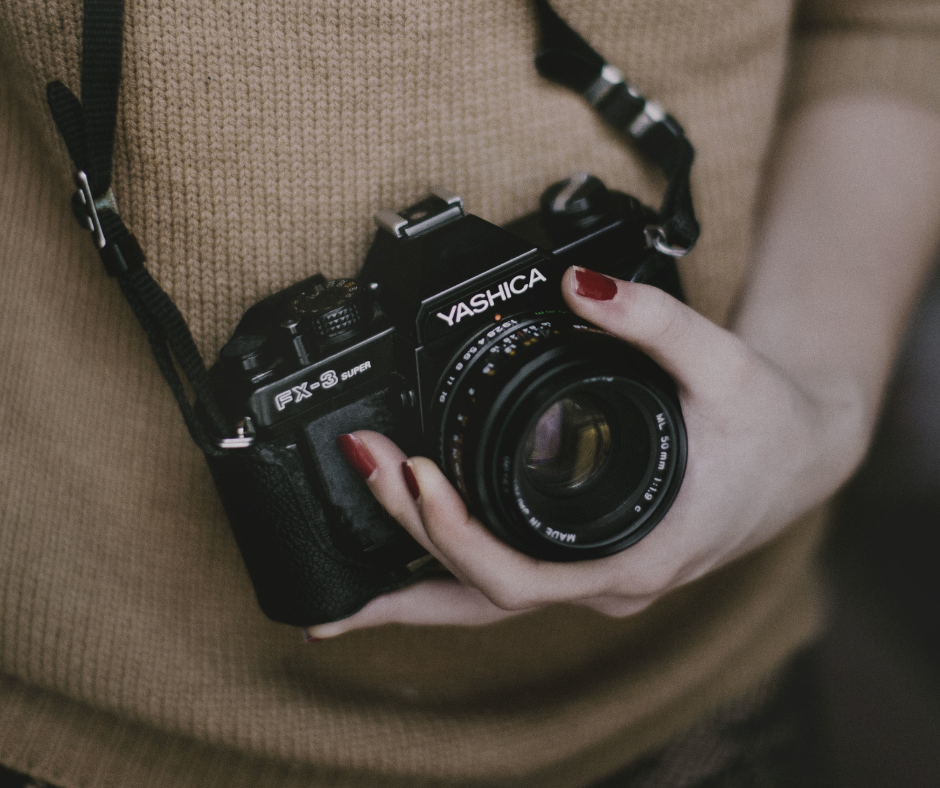

The tail end of the 20th century saw the gradual eclipse of analog photography by its digital counterpart. Though the advent of digital imaging began in the late 1970s and early 1980s with sizable, low-resolution prototypes, it wasn’t until the 1990s that consumer digital cameras gained traction—offering compactness, affordability, and ever-improving resolutions.
The newfound convenience and instantaneousness of digital photos—coupled with the ease of storage and sharing—heralded the decline of film as the dominant medium. The 2000s further revolutionized the landscape with smartphone cameras—merging communication and photography into a singular device.
These mobile devices—backed by advancing sensor technology and software—soon rivaled standalone cameras in image quality. Additionally, software tools provided amateurs and professionals alike with a plethora of editing possibilities.
AI Enters the Frame
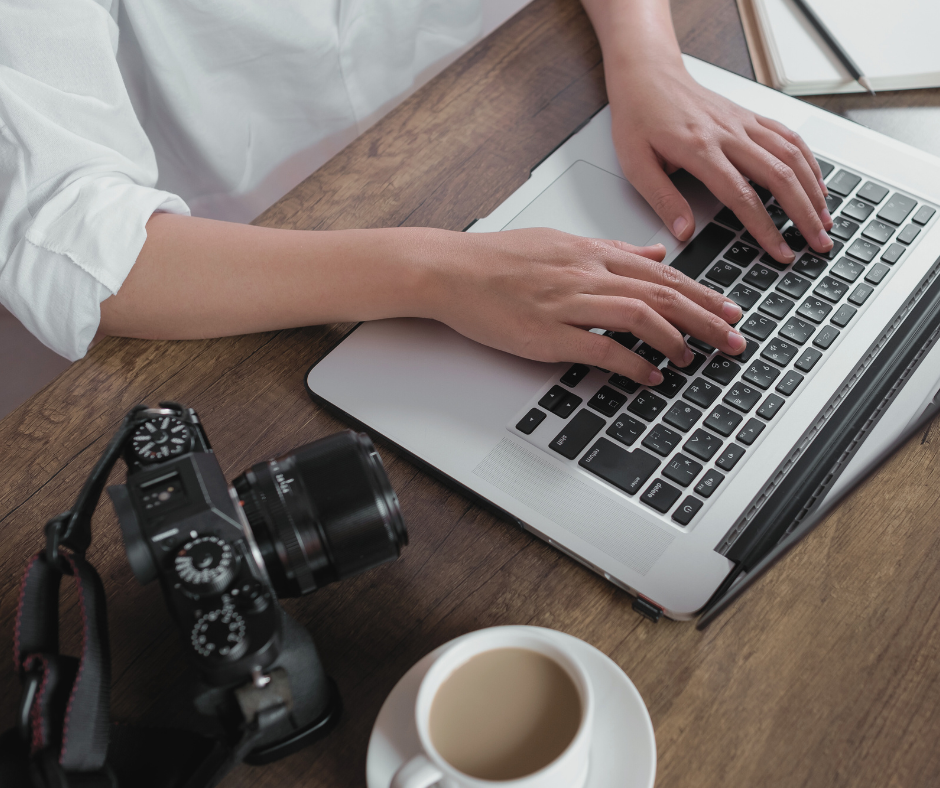

The integration of artificial intelligence (AI) into photography represents a significant shift—pushing the boundaries of what’s conceivable in image capture and processing. AI-driven post-processing software has emerged—offering capabilities ranging from enhancing image quality and mitigating noise to magnifying details with unprecedented precision.
Beyond mere enhancement, an AI system can facilitate automated image tagging, categorization, and even recognition of subjects and scenes. In terms of composition, predictive models have been developed to assist photographers in framing ideal shots, and certain tools provide real-time feedback on compositional quality.
More intriguingly, the intersection of AI and artistic expression has birthed phenomena like AI-generated art and deep style transfer. These tools and methods challenge traditional paradigms—prompting photographers and artists to reflect on their role in an era where an AI model can mimic—and at times—influence human creativity.
AI in Photography: Implications for Fine Artists
In March of 2023, Gagosian opened a show of “photographs” by DALL-E and famous filmmaker Bennett Miller. Many attendees of the exhibition described these “photographs” as uncanny. But in an interview with ARTnews’ Shanti Escalante-De Mattei, Fran Lebowitz notes that AI is just the latest in a series of technological advancements that muddied the waters around what defines true photography.
As Lebowitz tells Mattei, “‘These are not real photographs, but what are real photographs?…Are the only real photographs the ones made on film, not the digital ones?’” The images created in a synthetic photo studio might not be real photographs, but are they real art?
Lebowitz’s comments are just a small fraction of the complex, increasingly diverse discourse surrounding AI in photography and other fine art. Many wonder if using such tools to make “art” robs the “artist” of his or her ability to claim creative credit.
Below, we consider the impacts and implications of AI software on photography for fine artists, historians, and others who engage with these images.
Enhanced Artistic Expression
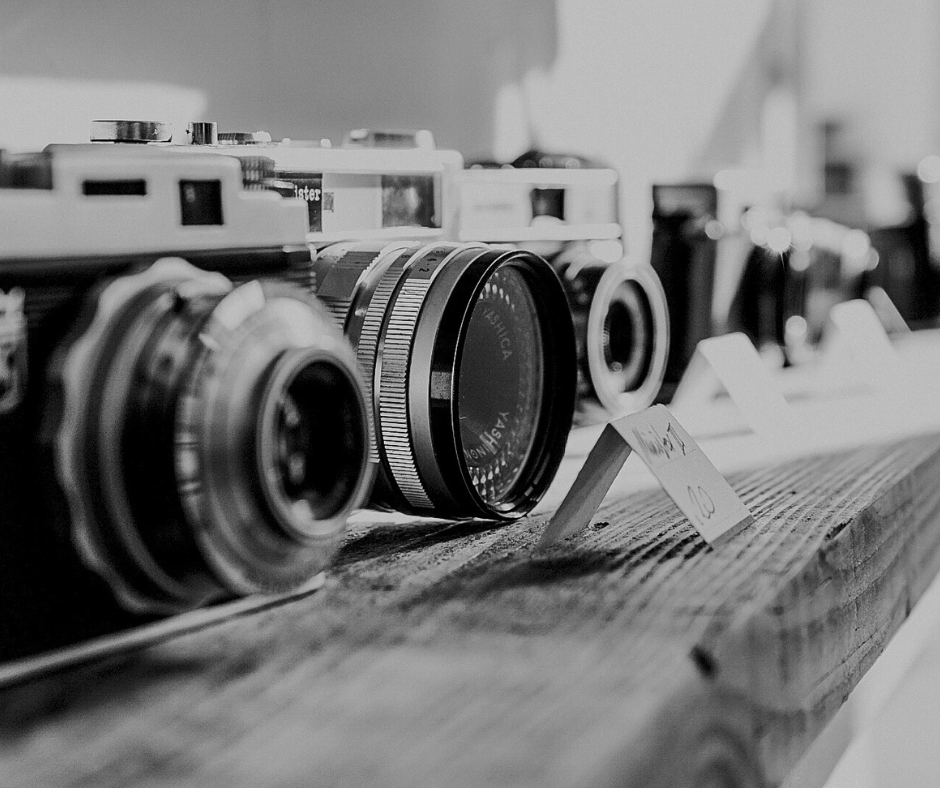

AI tools can aid photographers in achieving technical perfection—like optimal sharpness, noise reduction, or color correction. This allows photographers to focus on their artistic vision without being unduly constrained by technical limitations.
AI-based software also offers novel methods of image manipulation—such as style transfer—that can merge photographic captures with iconic styles of painting or other visual forms to create interesting AI art pieces. This could open new avenues of artistic exploration.
Challenge to Authenticity and Originality
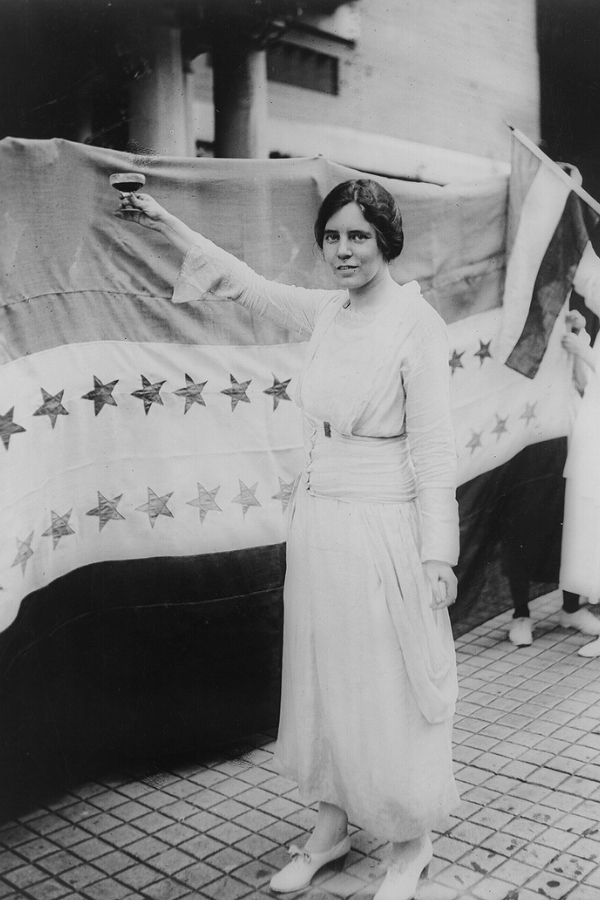

As AI tools become ubiquitous, there’s potential for oversaturation of certain effects or styles. This might raise questions about the originality of pieces that heavily rely on popular AI-driven modifications.
The traditional value of a photograph often lies in its perceived authenticity. If an image is heavily altered or constructed using AI, it might face scrutiny or devaluation in some fine art circles that prioritize “pure” captures.
Of course, many critics and artists had a similar conversation about digital photography when it emerged.
Changing Notions of Authorship
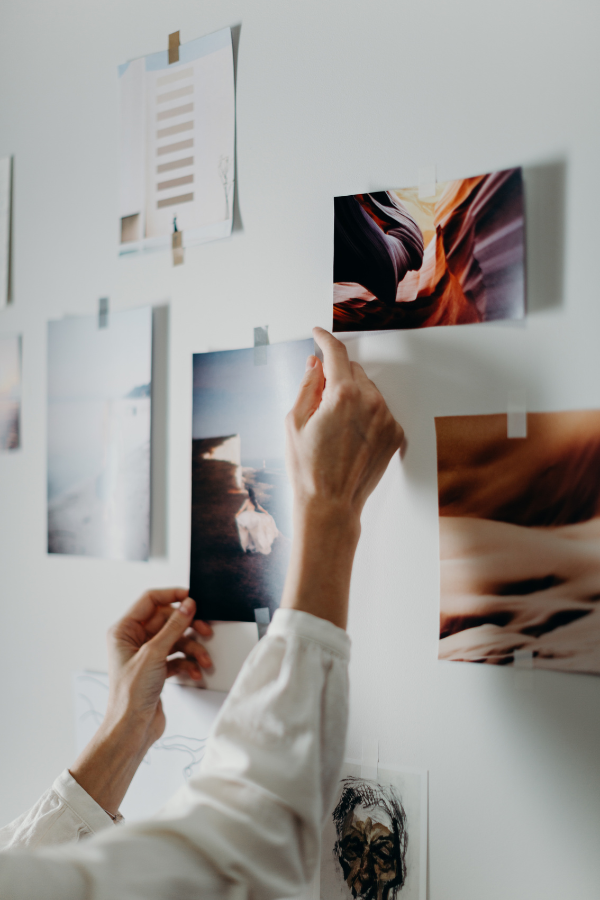

When photo AI plays a significant role in creating or altering an image, questions arise about authorship. Is the piece solely the work of the photographer, or is there shared “authorship” with the AI algorithm or its developers?
This can impact how the work is perceived, valued, and ultimately how it’s priced in the gallery market.
Photographic Authenticity
AI has ushered in sophisticated tools for image manipulation, enhancement, and even generation—challenging the age-old belief that a photograph is a faithful representation of reality. Traditionally, a photograph was seen as a direct capture of a moment in time—albeit with some post-processing possibilities.
With AI, images can now be altered seamlessly, objects can be added or removed, lighting can be changed post facto, and facial features can be adjusted with precision. More profoundly, tools like deepfakes allow for the creation of entirely fictional yet highly realistic scenes or personas.
As a result, the line between what is “captured” and what is “created or altered” is becoming increasingly blurred—prompting a re-evaluation of what photographic “authenticity” really means in the digital age.
The Photographer’s Creative Vision
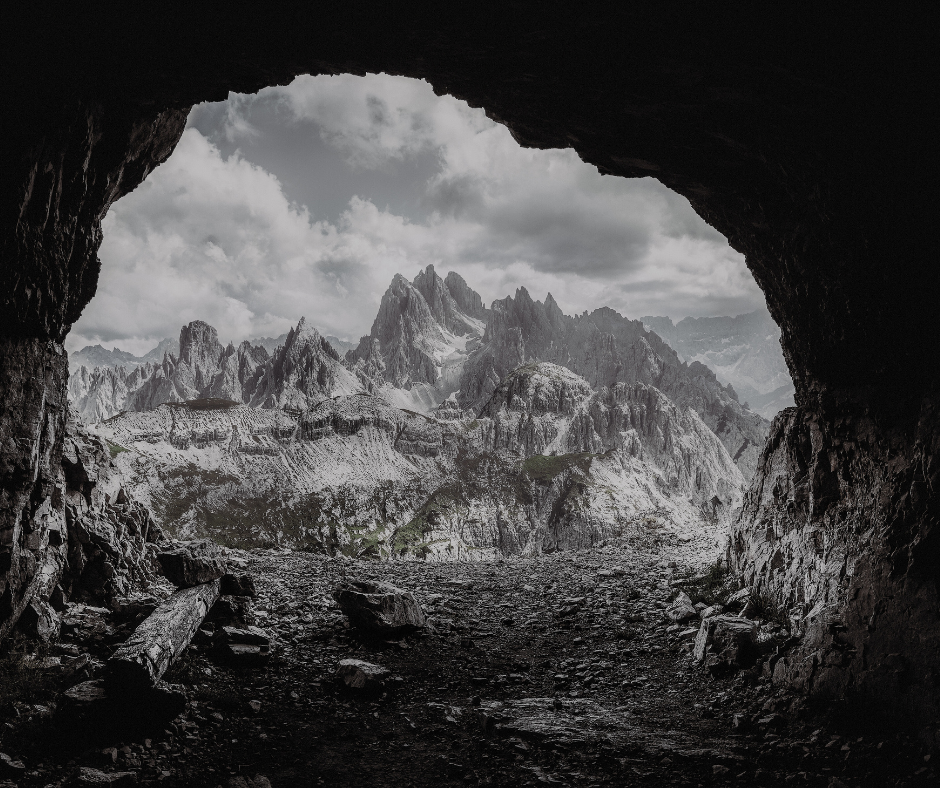

While AI provides tools that can suggest compositions, enhance image quality, or even generate scenes, the essence of photography remains rooted in human emotion, experience, and intent. AI operates on algorithms and datasets. It doesn’t “feel” or “intuit” in the way humans do.
A photographer’s vision encompasses not just the technical aspects of capturing an image but also the emotional, narrative, and conceptual dimensions. Even when using these technologies to edit or generate AI images, the photographer’s role shifts from a direct operator to a director or curator. He or she chooses among AI-generated images or guides the AI toward a desired output.
Thus, one would argue that the photographer’s vision remains paramount. Theoretically, AI would be used as a tool to realize or augment that vision rather than replace it.
Ethical Implications Stemming from Authenticity and Historical Accuracy
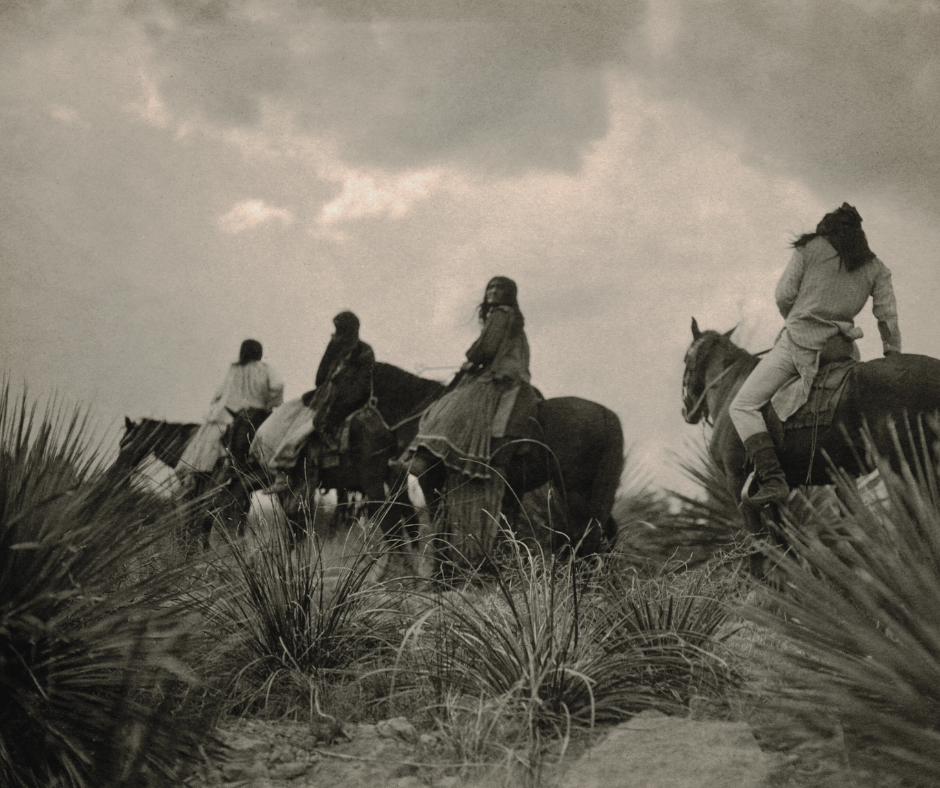

The use of AI in photography—especially when it comes to generating or altering images—indeed poses challenges to our understanding of historical events and the authenticity of visual records. Advanced AI tools can generate images that are indistinguishable from actual photographs. If such images become intermingled with genuine historical records, it can become challenging to discern fact from fabrication.
Tools that modify existing photographs can alter key details or contexts of historical events—potentially misrepresenting or rewriting aspects of history. Let’s consider the wide-ranging ethical implications of AI in photography beyond questions of artistic ownership and vision.
Undermining Trust in Visual Documentation
Traditionally, photographs have been perceived as a “snapshot” of reality—lending them a degree of trustworthiness as historical evidence. The potential ubiquity of AI-generated or AI-altered images might erode this inherent trust in photographic documentation.
Skepticism might arise even for genuine, unaltered images—leading to a scenario where every image—AI photography or not—is doubted unless proven authentic.
Manipulation for Propaganda and Misinformation
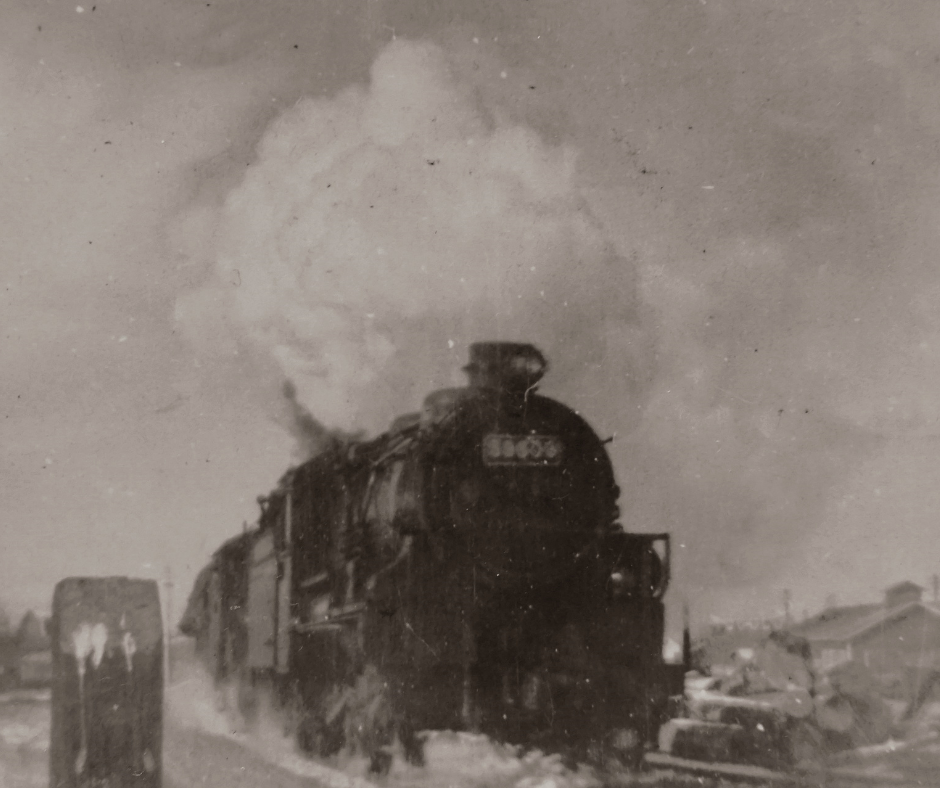

Malicious actors might use AI to generate or modify images to support false narratives, propagate fake news, or for propagandistic purposes.
These AI photos can distort public perceptions, incite undue fears or hostilities, or wrongly exonerate or vilify individuals or groups.
Challenges to Legal and Forensic Investigations
Photographs are often used as evidence in legal cases or as vital clues in forensic investigations. AI-manipulated images can jeopardize the integrity of such processes.
Legal frameworks might need to adapt to authenticate and validate images in a world where AI manipulations are commonplace.
Reliance on Technology for Authentication
To counteract the potential for misinformation, technology might be developed to validate the authenticity of images, detect alterations, or trace the origins of photographs.
However, this might lead to an AI technology arms race. Both AI-driven manipulations and AI recognition techniques that identify AI-generated photos might race to outdo each other.
Reinterpretation of Historical Moments
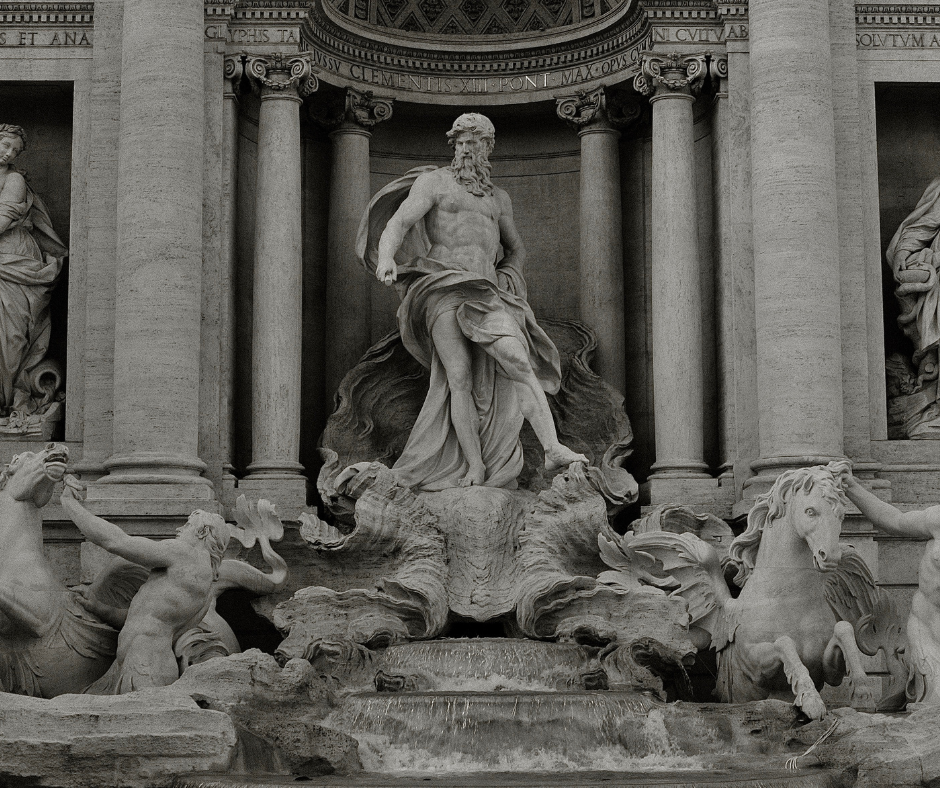

On a more philosophical note, the malleability of visual records through AI might lead to debates about the “fluidity” of history. If images from the past can be modified, then narratives, interpretations, and understandings of historical moments might be recontextualized or reframed—for better or worse.
Photographers, journalists, historians, and other professionals dealing with visual documentation will need to grapple with the ethical responsibilities of using AI-generated imagery or AI photo editing in their work. Disclosure, transparency, and integrity will become paramount virtues in visual representation.
Final Thoughts
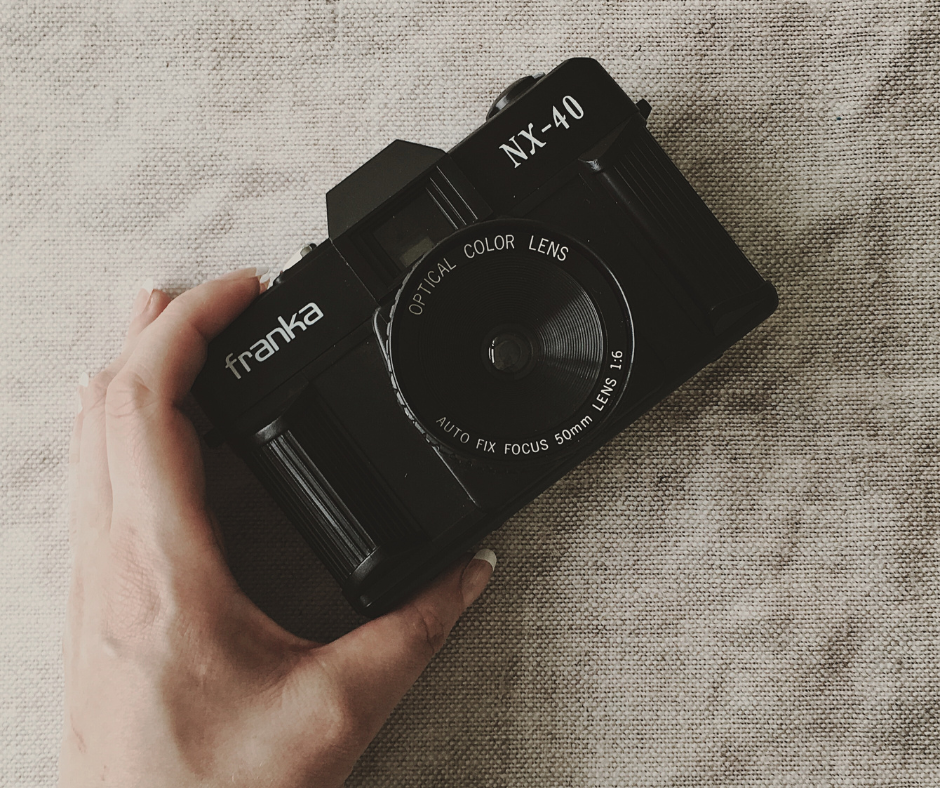

The integration of AI into art and photography prompts fresh discourse surrounding art history and theory. This conversation goes far beyond comments about photo editing software.
On one hand, an AI-generated image can be seen as a continuation of the exploration of technology in art—following in the footsteps of earlier movements like photography itself, which was once a novel technology, or the use of synthetic materials in modern art.
On the other hand, AI challenges foundational concepts—such as the role of the artist, the nature of creativity, and the source of artistic value. Are AI-generated works a product of their human programmers, the data they were trained on, or the machine’s “decisions?”
This melding of human and machine creativity opens up avenues for discussions on authorship, originality, and intent. Furthermore, as AI becomes more prevalent, art critics, historians, and theorists are compelled to grapple with these works’ cultural, philosophical, and aesthetic implications—ensuring that AI’s role in art will be a topic of debate and exploration for years to come.
1 Comment
Comments are closed.









Techylist
I’m really interested in the future of photography and the potential for artificial intelligence to play a role in it. I’m curious to learn more about how AI is being used in photography currently and what the future holds for the medium.